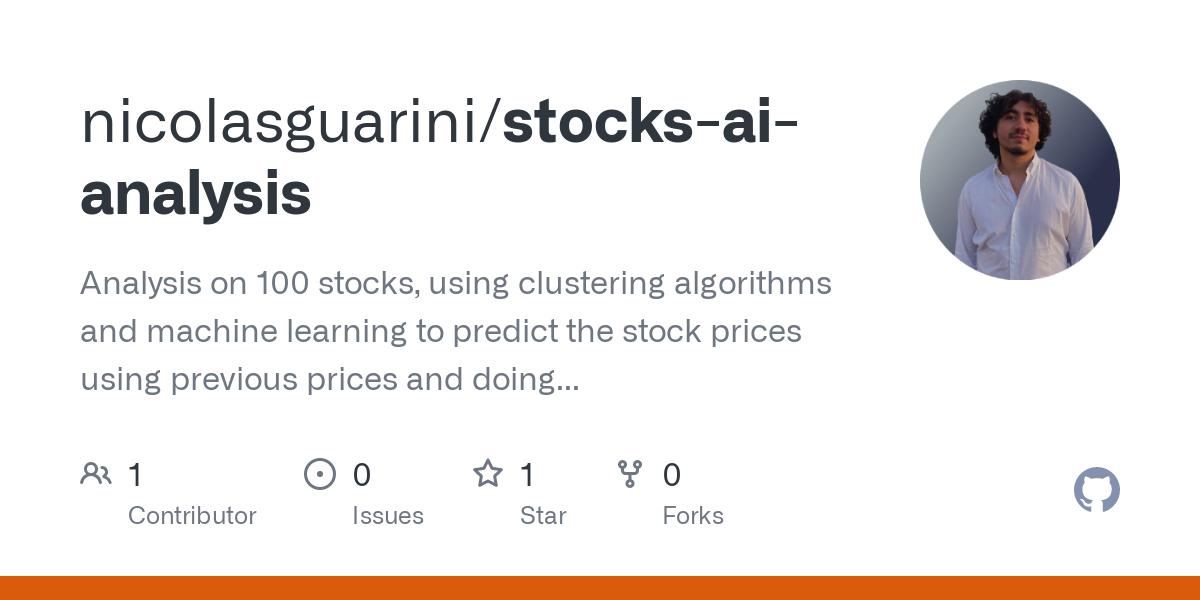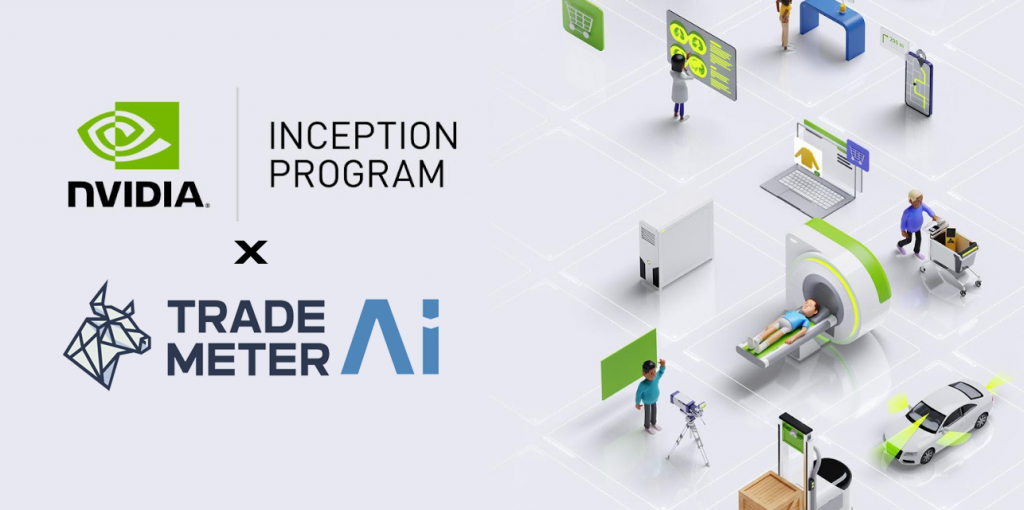To maximize the value of your investment, it is crucial to be aware of and compare pricing for AI analysis and stock prediction platforms. Prices vary widely which is why it's essential to be aware of what you're getting from your investment. Below are the top 10 ways to analyze the pricing and costs of these platforms.
1. Understanding the Pricing Model
Subscription-based: Determine whether the platform has an annual or monthly cost, and also what features are available at each tier.
Pay-per-use: Make sure the platform's charges are based on the use, such as number of trades (or request for data) or forecast.
Freemium Model: Check whether the platform offers a free version with only a few options. Premium features are billed for.
2. Compare Pricing Tiers
Overview of features: See the features included in each pricing tier (e.g. basic, professional, or enterprise).
Scalability: Be sure that the pricing tiers you choose are in line to your requirements.
Upgrade flexibility: Check whether you are able to upgrade or downgrade your plan if your needs alter.
3. Evaluate Hidden Costs
Data fees: Check whether the platform charges additional access to premium data (e.g. real-time data or advanced analytics).
Brokerage fees - Make sure for any additional costs are charged by the platform for execution of trades, or integration with brokers.
API usage: Determine if will incur additional costs for frequent API use or API access.
4. Review Free Trials and Demos
Trial period: Search for websites that provide a free trial or demo so that you can test their features before committing.
Review the restrictions on the trial version for free. It may not have all the features.
Choice of no-commitment: Be sure that you are able to cancel your trial if it doesn't suit your needs.
5. Look for promotions and discounts.
Discounts for annual plans: Check for discounts offered by the platform compared to their monthly plans.
Referral programs: See whether the platform offers discounts or credits for referring other users.
Institutional pricing If you're part a larger organization, inquire about institutional or bulk pricing.
6. Calculate the Return on investment
Cost vs. Value: Find out if the functions and projections of the platform are worth the cost. Does it, for example aid you in making a better trade decisions or save time.
Study the platform's history or testimonials from users to determine the potential return on investment.
Alternative costs Costs of the platform: Compare its cost to the cost that could be incurred by not making use of it (e.g. missed opportunities, time spent on manual analysis).
Review Cancellation Policy Policies for Review
Terms of cancellation: Make sure you're able make a cancellation without hidden costs or penalties.
Review the refund policy to determine if you can get a refund for any non-used subscriptions.
Auto-renewal : Check whether your subscription is auto renewed by the platform. If so, learn how to opt out.
8. Pricing should be transparent
Price page that is clear Make sure that the platform is equipped with a clear and up-to-date pricing page with no hidden charges.
Customer Support For clarification of unclear prices and costs, contact customer service.
Contract terms: Go through the conditions of service to be aware of the long-term commitments and penalties.
9. Compare yourself to your competitors
Comparing the features and costs of the platforms against those of their competitors will allow you to get the most value.
Reviewer reviews: Check out user feedback to find out whether the cost of the platform is worth it.
Review the market position of the platform. Does it meet your needs?
10. Consider the Long-Term Costs
Price increases: Find out whether and how often the platform increases prices.
Additions to your plan Decide if you're in need of an upgrade, or if the latest features are within your existing plan.
Costs of scaling: Make sure the price of the platform is affordable when you expand your data or trading requirements.
Bonus Tips:
Trials for free on various platforms are available to try and compare the advantages and performance of different platforms.
Price negotiation: If you own an institution or you are a large user, it's worth to inquire about discounts or customized pricing.
Find educational resources on the internet: Some platforms offer free educational tools or resources that can add value beyond their primary features.
Utilize these suggestions to determine the costs and prices for AI platform for analyzing and predicting stocks. Select one that is compatible with your needs and fits within your budget. A well-priced platform should provide the right balance between cost and performance, which will help you achieve the best results from your trading. Take a look at the recommended recommended reading about investing in ai stocks for more tips including stock analysis websites, best ai stocks, investing ai, free ai trading bot, ai for investing, investment ai, ai investment stock, ai stock market, ai stock picker, chart ai for trading and more.

Top 10 Ways To Evaluate The Speed And Latency Ai Stock Predicting/Analyzing Trading Platform
For algorithmic, high-frequency and active traders in particular the area of speed and latencies are crucial when looking at AI platforms for stock forecasting and analyzing. A delay of just milliseconds can be detrimental to trading execution. Below are the top 10 tips for assessing latency and speed on these platforms:
1. Examine Real-Time Data Feeds
Speed of data delivery: Make sure the platform provides real-time data with minimal delay (e.g. less than a millisecond delay).
Check the data source's proximity to most important exchanges.
Data compression: Look to determine if there are effective methods for data compression that increase the speed of delivery of data.
2. Test Rate for Trade Execution Rate
Order processing: The platform's ability to execute and process trades fast once an order has been submitted.
Direct market access (DMA). Make sure the exchange you're using offers DMA. DMA allows orders sent directly to an exchange to be processed with no intermediaries.
Make sure you have a detailed report on the execution, which includes timestamps and confirmations of your order.
3. Review the responsiveness of the Platform
User interface (UI or user interface speed) It is an indicator of how fast the UI of a platform responds to inputs you make (e.g. clicking buttons or loading graphs).
Chart updates. Verify that charts and visualizations are updated in real-time update without delay.
Performance of mobile apps: If you're using a mobile app make sure it runs as quickly as the desktop version.
4. Find out if the network infrastructure is low-latency.
Server Locations: Make sure that the platform has servers with low latency located near major hubs for financial exchanges or financial hubs.
Co-location service: Discover if your platform offers this feature. This lets you host trading algorithm on servers located close to the exchange.
High-speed network: Check if the platform utilizes high-speed fibre optic networks, or any other low latency technology.
5. Backtesting the simulation speed and test backtesting
Historical data processing: Check how fast your platform processes and processes data from the past.
Simultaneous trade simulation: The platform should be able to simulate live trading with no noticeable delays.
Parallel processing: Ensure that your platform supports parallel processing or distributed computing to speed complicated computations.
6. Examine API Latency
API response time Measuring how quickly the platform's API responds (e.g. getting market data, or placing orders).
Rate limits: Check whether API has acceptable rates limits to avoid delay during high-frequency trades.
WebSocket Find out if your platform supports WebSocket protocols, which allow for streaming data in real time with minimal latency.
7. Test Platform Stability and Stability under Load
Simulate scenarios of high-volume trading to test whether the platform is reliable and stable.
Market volatility: Test out the platform in times that are high in volatility to determine if it is able to manage rapid price changes.
Test your strategies for stress: See whether the platform has the tools to stress test your strategies in extreme conditions.
8. Evaluate network and connectivity
Internet speed demands. Check that your internet connection meets standards for your platform to guarantee optimal performance.
Check for redundant connections.
VPN latency. Verify if you are using the VPN if this introduces latency.
9. Make sure you are checking for features that speed up your performance.
Pre-trade Analytics: Be sure the platform offers pre-trade analysis to improve the routing of orders, execution speed and other factors.
Smart order routing (SOR), also known as smart order routing is a method for determining the most speedy and cost effective execution venues.
Monitoring latency: Find out if your platform has tools that allow you to analyze and monitor latency real-time.
User Feedback and Review Benchmarks
User reviews: Conduct studies to determine the platform's latency and speed.
Third-party benchmarks: Look for independently-run benchmarks or reviews that compare the platform's speed to competitors.
Case studies: Ask the platform if it has any case studies or testimonials that show its low latency capabilities.
Bonus Tips
Trial period: You are able to make use of a demo or trial period to evaluate the performance and latency of the platform.
Customer support: Ensure the platform offers support for latency-related issues or optimization.
Hardware needs. Find out if a platform requires specialized hardware (e.g. a high-performance computer) to function at optimal speed.
If you follow these guidelines to evaluate the speed and latency of AI stock-predicting and analyzing trading platforms make sure you select a platform that meets the requirements of your trading and eliminates the time it takes to complete. Low latency is especially crucial for algorithmic and high-frequency traders, since even tiny delays can significantly impact profit. See the recommended he said about ai for copyright trading for site examples including ai stock predictions, ai copyright signals, ai chart analysis, ai trading bots, ai coin price prediction, artificial intelligence stocks, ai chart analysis, best ai for stock trading, trade ai, best stocks to buy now and more.
